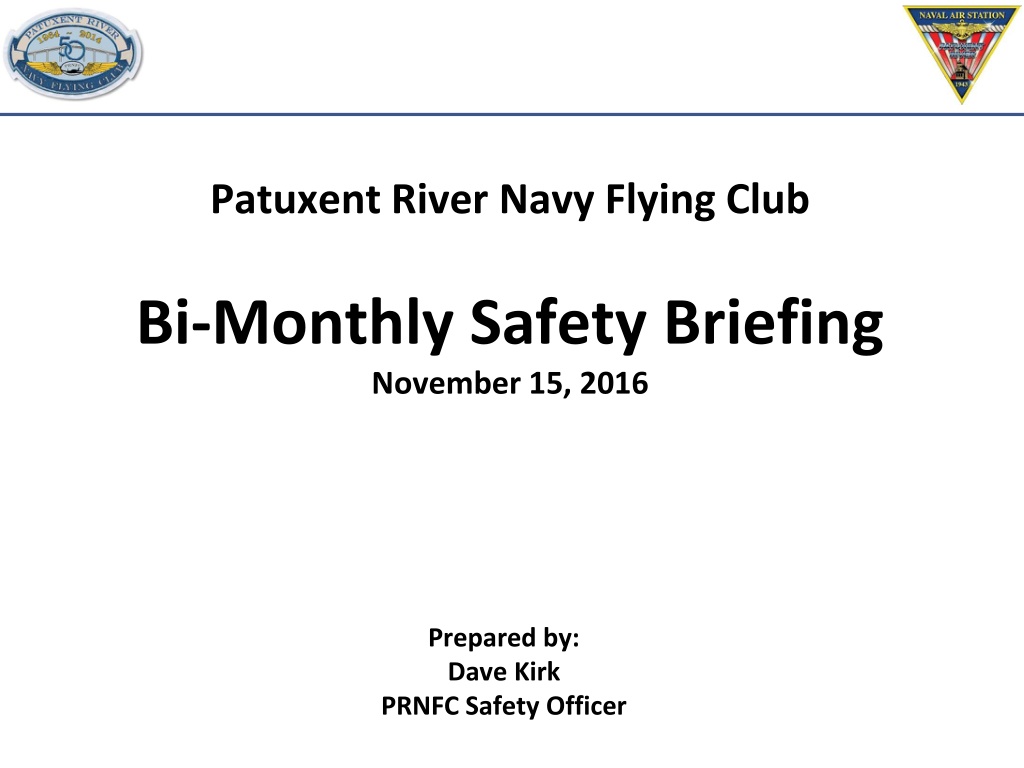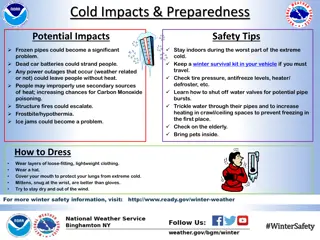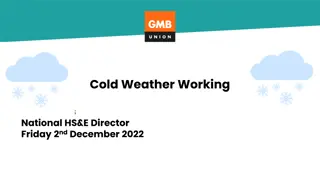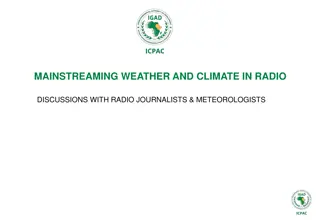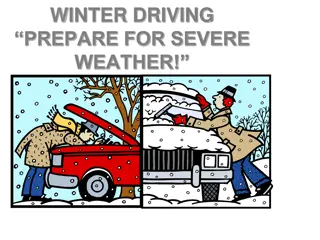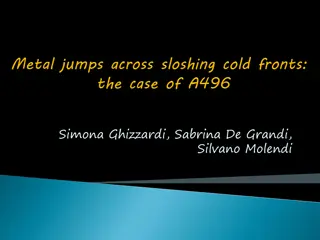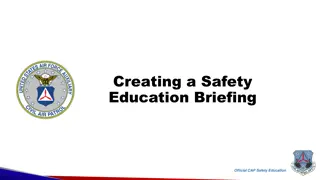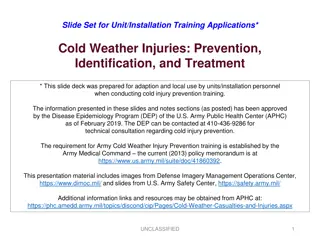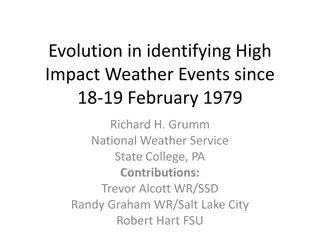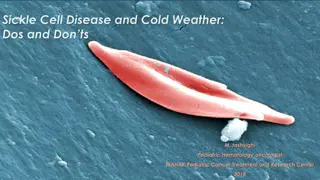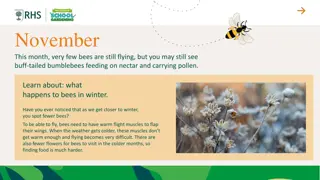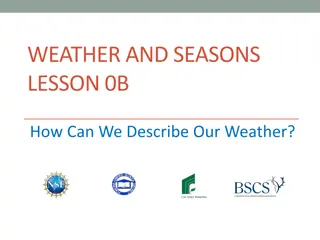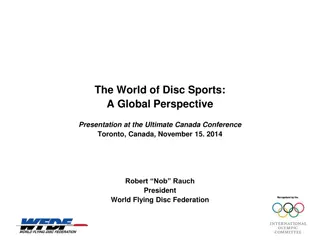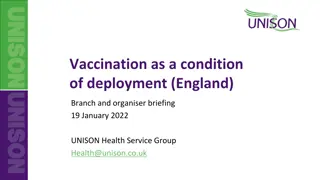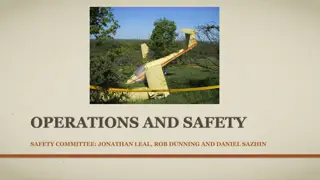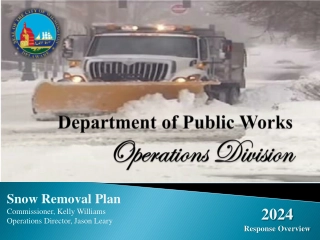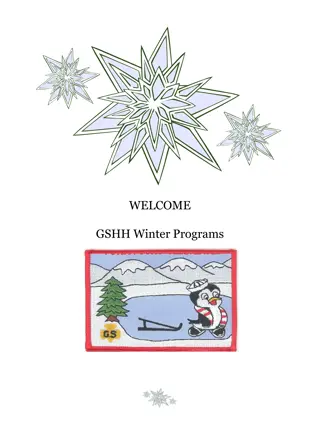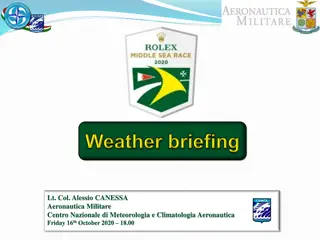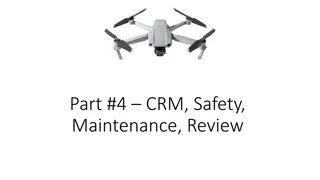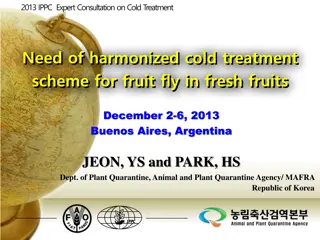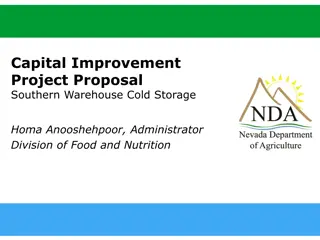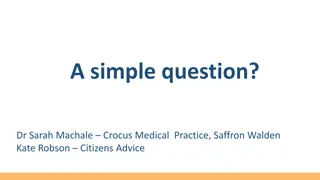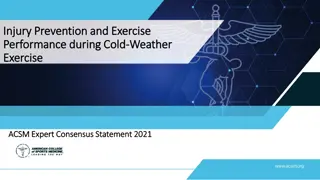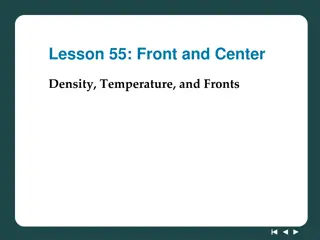Winter Flying Safety Briefing: Tips for Cold Weather Operations
Cold weather impacts flight operations with issues like rushed ground operations, carburetor icing, and airframe contamination. Pilots should exercise caution and good judgment in winter flying to ensure safety. Pre-flight inspections, checking for fuel drain restrictions, managing airframe contamination, and dealing with cold engine starting are key aspects discussed in this safety briefing.
Download Presentation

Please find below an Image/Link to download the presentation.
The content on the website is provided AS IS for your information and personal use only. It may not be sold, licensed, or shared on other websites without obtaining consent from the author. Download presentation by click this link. If you encounter any issues during the download, it is possible that the publisher has removed the file from their server.
E N D
Presentation Transcript
Patuxent River Navy Flying Club Bi-Monthly Safety Briefing November 15, 2016 Prepared by: Dave Kirk PRNFC Safety Officer
Safety Topic Winter Ground Ops & Carb Icing 2
Introduction Cold weather can and does adversely affect flight operations. Rushed ground ops, difficulty starting engine, carburetor icing, and airframe contamination are all factors to consider. Winter flying is not particularly hazardous if the pilot uses a little extra caution and exercises good judgment in analyzing weather situations. 3
Pre-Flight The tendency when its cold outside is to rush your pre-flight. Dress for the pre-flight, not the flight. Plan on giving the plane a thorough inspection for cold weather hazards. 4
Pre-Flight Be alert for restricted flow from the fuel drains, this could indicate ice in the tank. Check the entire exterior for frozen precipitation, including frost. If you find some, remove it before flight. Check flight controls for freedom of movement. We do have an electric engine warmer, if it is used make sure you remove it and stow along with extension cord safely away from plane before starting engine. 5
Airframe Contamination During winter weather, frost and snow often accumulates on wings and other surfaces when an aircraft is parked outside on the ramp. Any unremoved frost or snow will disrupt airflow over the wings and substantially alter flight characteristics increased stall speeds, longer takeoff rolls, or an inability to fly at all may be the result. Even a passing snow shower can foul surfaces enough to make flight inadvisable. 6
Deicing When faced with airframe and wing contamination, you have two choices: Go home, or spend some extra time during preflight completely removing frost and snow from the aircraft. For PRNFC aircraft, usually best option is to let sun melt frost. Don t try to scrape ice or frost off the transparencies: they will scratch! If there is snow or ice on one of our planes and you are scheduled to fly it, talk to the manager to determine a course of action. Don t order a deice truck or attempt to use antifreeze, car windshield deicer, or alcohol on a club aircraft please. 7
Cold Engine Starting Battery loses effectiveness when cold. Oil is partially congealed and turning the engine is difficult for the starter. There is a tendency to over-prime which results in washed-down cylinder walls and possible scouring of the walls. This also results in poor compression and, consequently, harder starting. Observe starter time limit. Prolonged starting attempts can damage the starter. Cold fuel is harder for the carb to vaporize, which can lead to flooding and raw fuel entering the exhaust, where it could catch fire. 8
Carburetor Basics The carburetor s job is simple: It blends fuel and air together in the correct ratio before sending it to the engine in the proper quantity. To do this, it draws air through a narrow, curved passageway called a venturi. Much like air flowing over the curved upper surface of a wing, air moving through a venturi speeds up as its pressure decreases. When fuel is injected into this fast, low- pressure airstream, it vaporizes, and the resulting mixture of atomized fuel and air flows to the cylinders. 9
Carburetor Icing But there s a problem. The vaporization of the fuel and the pressure change induced by the venturi together cause the air passing through the carburetor to cool rapidly in some cases, by as much as 70 degrees Fahrenheit. To Engine Venturi Ice If this lowers the air temperature past the freezing point, and if the incoming air is moist (i.e., humid) enough, ice can begin to form on the inner surfaces of the carburetor. As the ice accumulates, it restricts the flow of the fuel/air mixture to the engine, leading to a reduction in power as the engine is essentially starved. Air Intake 10
Carburetor Icing Carb ice can form at any time, at any phase of flight. Only when humidity drops below 25%, or OAT drops well below freezing does the risk decrease. Icing is most likely to occur and to be severe when temperatures fall roughly between 50 and 70 degrees F and the relative humidity is greater than 60 percent kind of like Pax River this time of year. The classic symptoms of carb ice are reduced power and a rough- running engine. In aircraft with fixed pitch propellers, the first indication is typically a small decrease in engine rpm. The same applies to airplanes with constant-speed propellers, with one important exception: The manifold pressure gauge, rather than the tachometer, should be the focal point for early indications of carb ice. 11
Detect and Prevent Carburetor Icing Precise power settings, a consistent instrument scan, and attentive ears can all alert you to the subtle changes in engine performance. Consult your airplane s POH or flight manual for specifics on using carb heat, but remember this general rule: It s far better to use full carb heat too soon, than to wait until it s too late. During your preflight run-up, carb heat should be applied fully to ensure that it s functioning properly. As warm air is routed to the carburetor, you should see a small reduction in rpm on aircraft with fixed-pitch propellers, and a slight reduction in manifold pressure for those with constant-speed props. Carb heat should not be left on while taxiing, however, because the unfiltered air could allow foreign debris to be introduced to the engine. 12
Safety Briefing QUESTIONS? 13
